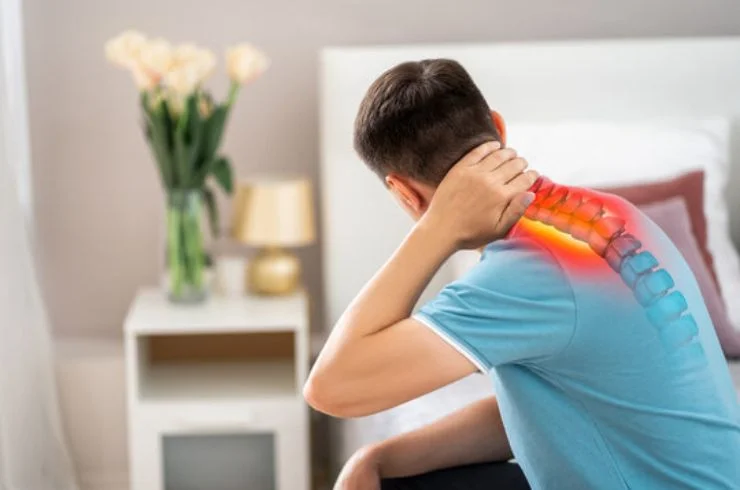
Cervical and lumbar spondylosis are common age-related conditions that affect the neck and lower back. These conditions can cause discomfort, stiffness, and even nerve-related issues, impacting your daily life. At NEUMED Clinics, we provide specialized care to manage and treat cervical and lumbar spondylosis, helping you regain mobility and live pain-free.
What Is Spondylosis?
Spondylosis refers to the degeneration of the spine’s discs, joints, and bones due to wear and tear, often caused by aging. It can occur in the cervical spine (neck) or the lumbar spine (lower back).
Cervical Spondylosis
This affects the neck area and may cause:
Lumbar Spondylosis
This affects the lower back and may lead to:
Causes and Risk Factors
Advanced Diagnosis
At NEUMED Clinics, we use state-of-the-art diagnostic tools to accurately identify the extent and cause of spondylosis:
Personalized Treatment Options
Our multidisciplinary team tailors a treatment plan to address your unique condition, combining evidence-based practices and advanced interventions.
Non-Surgical Treatments
Physiotherapy
Medications
Injections
Lifestyle Modifications
Surgical Intervention
In severe cases, minimally invasive procedures may be required to decompress nerves or stabilize the spine.